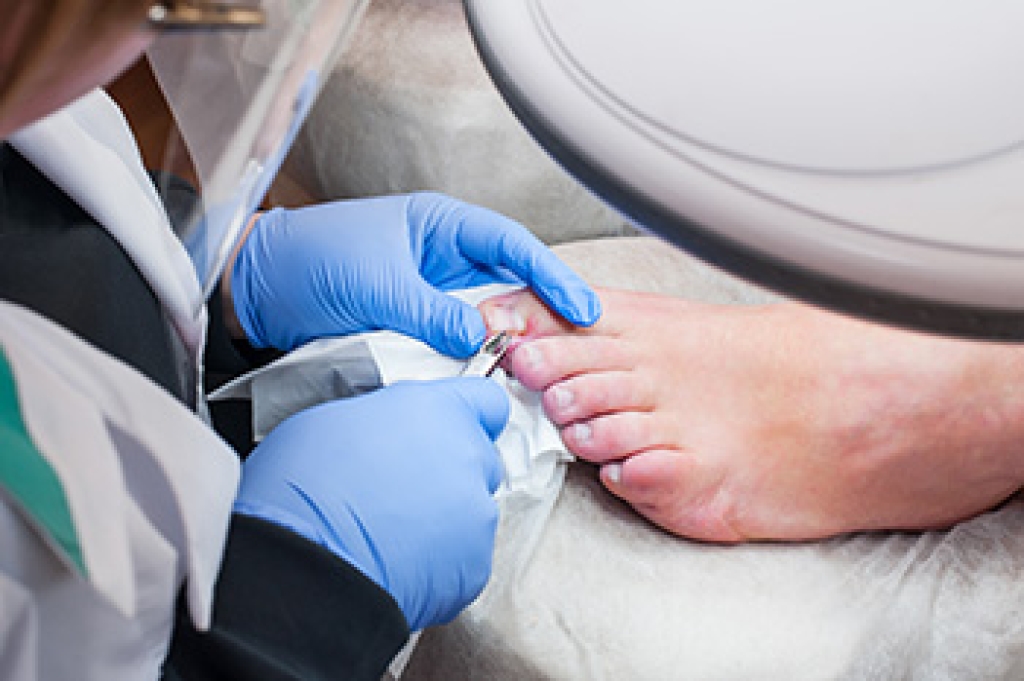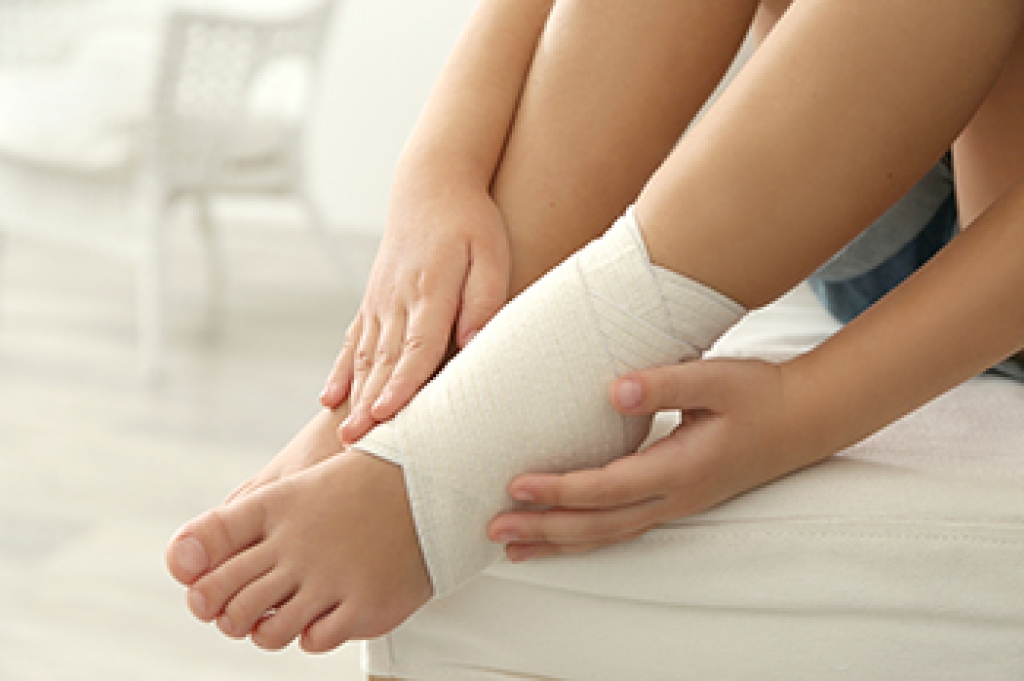
Foot tingling is a common symptom that can signal underlying health concerns affecting the nerves, circulation, or musculoskeletal system. Conditions like diabetes, multiple sclerosis, and hypothyroidism can lead to nerve damage or neuropathy, resulting in tingling, numbness, or burning sensations in the feet. Mechanical issues like tarsal tunnel syndrome, where the nerve is compressed near the ankle, can also produce similar symptoms. Risk factors include prolonged standing, wearing poorly fitting footwear, or a history of foot injury. A podiatrist can perform a thorough evaluation to identify the cause, recommend appropriate testing, and provide targeted treatments such as orthotics, nerve decompression techniques, or lifestyle adjustments. If you have these sensations in your feet, it is suggested that you consult a podiatrist who can determine what the cause is, and offer appropriate treatment solutions.
Foot Pain
Foot pain can be extremely painful and debilitating. If you have a foot pain, consult with Edward Orman, DPM from Honeygo Podiatry. Our doctor will assess your condition and provide you with quality foot and ankle treatment.
Causes
Foot pain is a very broad condition that could be caused by one or more ailments. The most common include:
- Bunions
- Hammertoes
- Plantar Fasciitis
- Bone Spurs
- Corns
- Tarsal Tunnel Syndrome
- Ingrown Toenails
- Arthritis (such as Gout, Rheumatoid, and Osteoarthritis)
- Flat Feet
- Injury (from stress fractures, broken toe, foot, ankle, Achilles tendon ruptures, and sprains)
- And more
Diagnosis
To figure out the cause of foot pain, podiatrists utilize several different methods. This can range from simple visual inspections and sensation tests to X-rays and MRI scans. Prior medical history, family medical history, and any recent physical traumatic events will all be taken into consideration for a proper diagnosis.
Treatment
Treatment depends upon the cause of the foot pain. Whether it is resting, staying off the foot, or having surgery; podiatrists have a number of treatment options available for foot pain.
If you have any questions, please feel free to contact our offices located in Perry Hall, and Fallston, MD . We offer the newest diagnostic and treatment technologies for all your foot care needs.




